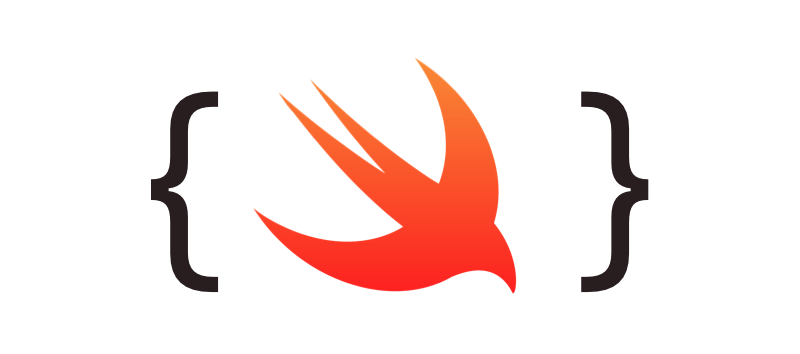
- Force Unwrapping
- Check for nil value
- Optional Binding
- Nil Coalescing Operator
- Optional Chaining
Force Unwrapping
let myOptional: String?
myOptional = "Kevin"
let text: String = myOptional
//error
//text's data type is String, while myOptional's data type is String?
//Two totally different data types
//we can force unwrap using !
let text: String = myOptional!→ But we need to be careful when using force unwrapping.
→ We need to be really sure that the optional data type is NOT holding a nil value. If it does and we force unwrap, a run time error will occur. (not a compile error)
Check for nil value
let myOptional: String?
myOptional = nil
if myOptional != nil{
let text: String = myOptional!
//meaning if myOptional does not have a nil value, it is safe to force unwrap
//and give the value to "text"
}
else{
print("optional is nil")
}→ The problem with the above way is that it's wordy. And you still have to force unwrap it every single time.
Optional Binding
if let safeOptional = optional{
safeOptional
}
//Caution: it is not ==, it's =→ We can write an "if let" to bind the value of "optional" if it's not nil, to a new constant (safeOptional). Then, within the curly braces, we can work with the safeOptional
let myOptional: String?
myOptional = "Kevin"
if let safeOptional = myOptional{
print(safeOptional)
}
else{
print("nil value")
}
//Kevin→ It's like opening a box. Opening myOptional and seeing if it's nil, and if it's not, put it in safeOptional. Otherwise, print nil value.
→ So we are basically checking if the value of myOptional is able to be allocated to safeOptional
Nil Coalescing Operator
- 2 Question marks
optional ?? defaultValue→ What does it do? : Checks if optional is nil, and if it's not nil, it uses optional's value, but if it is nil, it uses the defaultValue
let myOptional: String?
myOptional = nil
let text: String = myOptional ?? "default value"Optional Chaining
- What if the struct/class is an optional?
struct myOptional{
var property = 123
func method(){
print("method")
}
}
let myOptional2: myOptional?
//myOptional2 becomes a data type of myOptional? (Optional)
myOptional2 = nil
//the instance is currently not initialized
print(myOptional2.property)
//run time error
print(myOptional2?.property)
//nil (not a run-time error)
myOptional2 = myOptional()
myOptional2?.method()
//method→ Even though the property and method are not optionals, the struct is right now an optional data type. So we need to unwrap it.
→ This is where we need optional chaining.
optional?.property
optional?.method()
//check if optional is nil, and if it's not nill, continue on